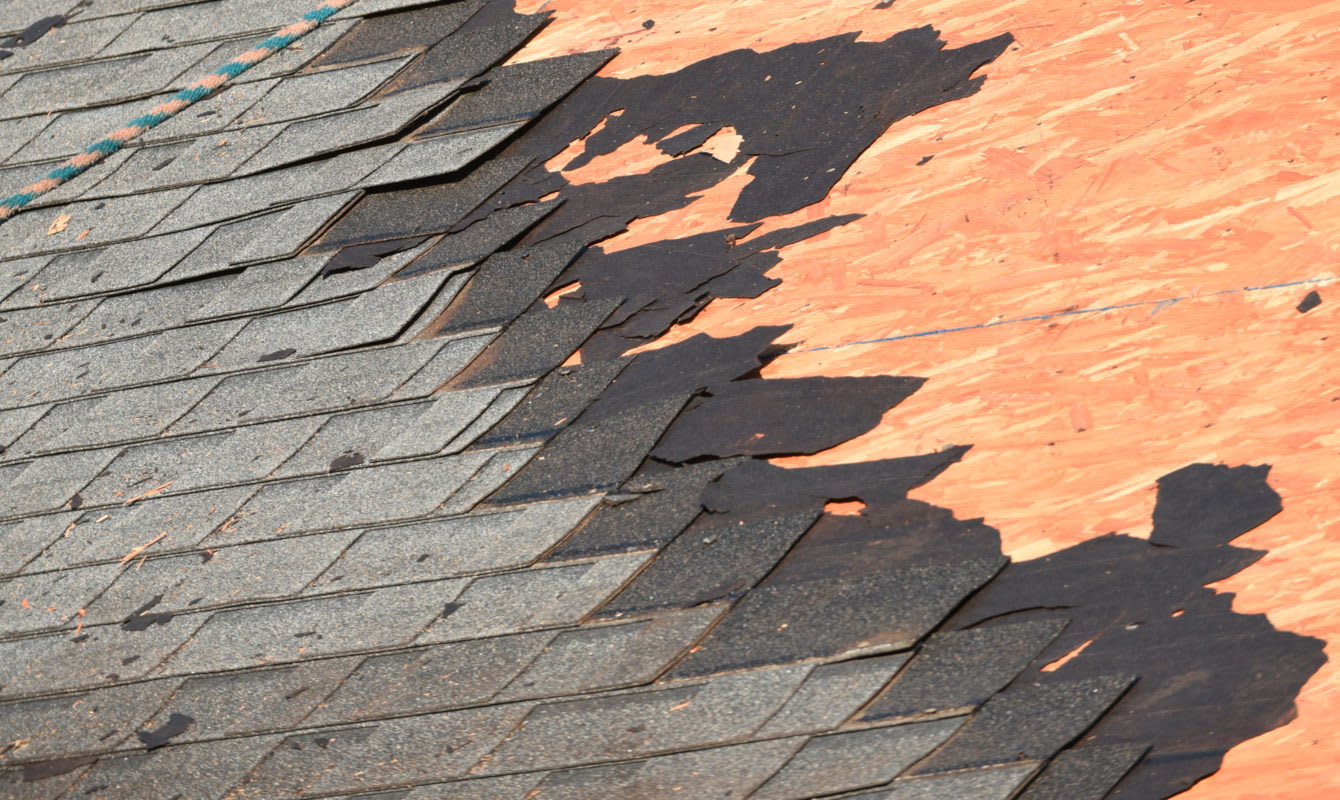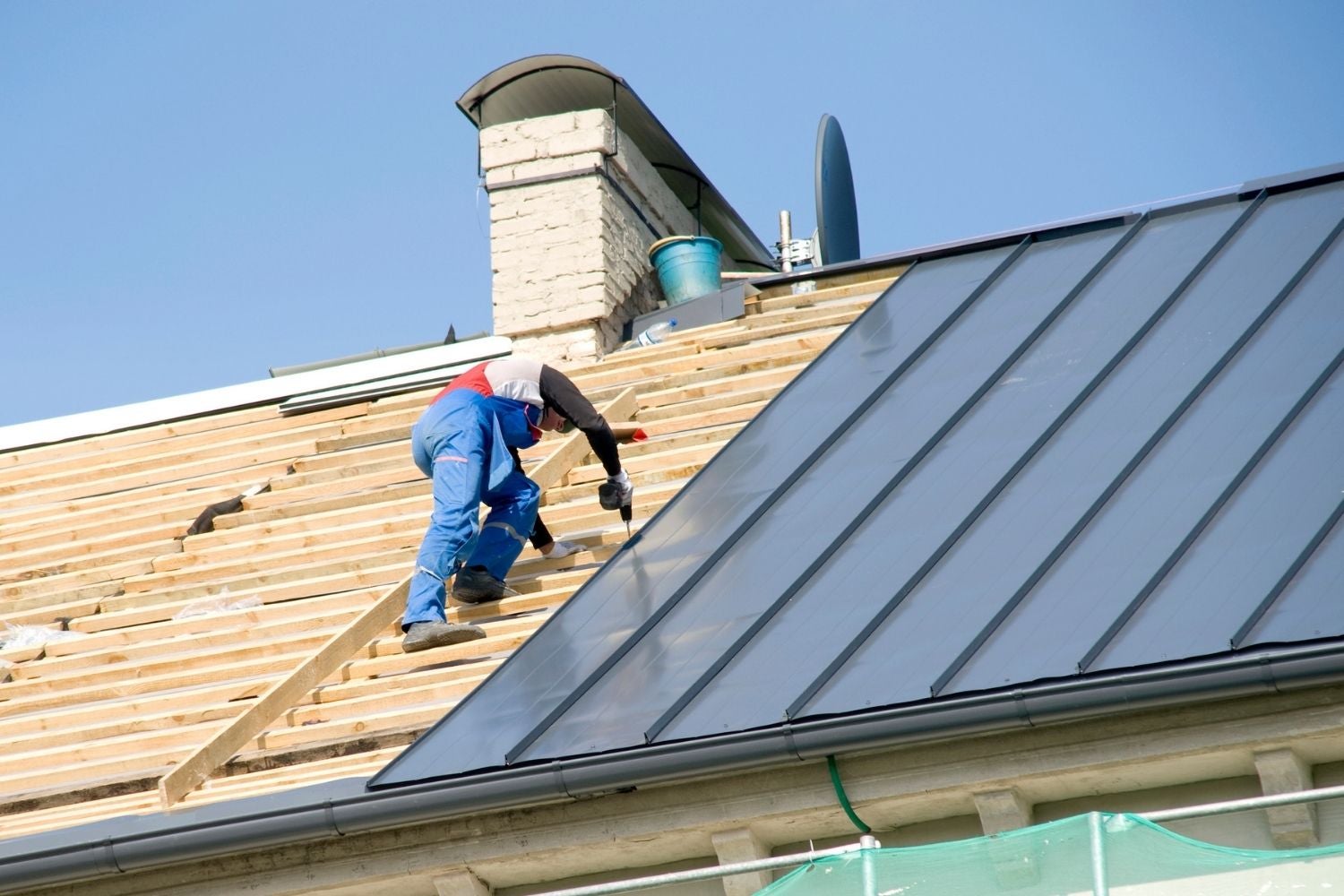Roof: A Comprehensive Guide to Roof Covering Essentials
Roof covering is a necessary element of any kind of building, giving protection against the elements and making sure the structural honesty of a residential or commercial property. In "Roof: A Comprehensive Guide to Roof Covering Basics," we dive into the essential knowledge needed to recognize and execute effective roof covering projects. Additionally, we discover the step-by-step process entailed in roofing, supplying beneficial insights right into correct installment techniques.
Different Kinds Of Roof Products
Choosing the right roof product is vital, as it not just influences the aesthetics of a structure but also plays a critical duty in protecting it from exterior aspects. One of the most popular roofing products is asphalt shingles. Each roof material has its very own advantages and disadvantages, so it is important to take into consideration factors such as cost, sturdiness, and upkeep demands prior to making a decision.

Advantages of Each Roofing Product
Each roofing product supplies unique advantages that make it appropriate for different applications and environments. Comprehending these benefits can aid property owners and contractors make notified choices when picking the best roofing product for a specific project.
Asphalt roof shingles, for example, are one of the most popular roof covering materials due to their cost, sturdiness, and simplicity of installation. Metal roof coverings, on the other hand, are known for their longevity and energy effectiveness.
For those looking for a much more eco pleasant option, there are roof covering materials like clay ceramic tiles and slate. Clay tiles are fire-resistant, long lasting, and supply outstanding insulation. Slate roof coverings are not just cosmetically pleasing however additionally highly resilient, with a lifespan of approximately 100 years. They are resistant to fire, mold and mildew, and pests.
When it pertains to flat roofing systems, EPDM (ethylene propylene diene terpolymer) rubber is a popular choice as a result of its flexibility, simple installation, and resistance to UV rays and weathering. It is also affordable and requires marginal upkeep.
Crucial Devices for Roof Projects
Roof projects require a range of important tools to make sure successful and effective installation or repair work. These devices are developed to give security, precision, and ease of usage for workers on the roofing system. One of one of the most essential tools is a roof covering nail gun, which permits fast and secure add-on of roof shingles or various other roof covering materials. A roof covering nail weapon removes the demand for manual working, conserving time and lowering strain on the worker's hands and arms.
Another vital tool is a roof blade, which is made use of for cutting shingles and other products to the wanted size and form. A roof knife ought to have a sharp, sturdy blade that can quickly slice with various roof covering materials. Additionally, a roof shovel or tear-off tool is needed for getting rid of damaged or old roof covering products. This tool has a flat, large blade that can effectively tear off tiles, nails, and various other debris from the roof covering.

Actions Involved in the Roofing Process
To start the roofing procedure, it is crucial to initial analyze the condition of the existing roofing and identify if any type of substitutes or fixings are required. This action is essential as it sets the foundation for the rest of the roof job. A thorough evaluation ought to be conducted to identify any indicators of damage, such as missing or damaged tiles, leaks, or sagging locations. It is likewise vital to look for any architectural problems that might impact the overall honesty of the roofing.
As soon as the analysis is complete, the following step is to prepare the roof covering for the additional info installment or repair. This includes removing any type of existing roof covering materials, such as old tiles or floor tiles, and getting rid of the location of debris. It is crucial to ensure that the roofing is clean and totally free from any click here for info kind of obstructions before waging the following actions.
After preparing the roof, the following step is to mount or repair the roof materials. This includes laying down the appropriate underlayment, such as roofing really felt, and then applying the picked roofing material, such as floor tiles or shingles, according to the manufacturer's directions. It is vital to follow the appropriate installation strategies to make sure a long lasting and water tight roof covering.
Ultimately, the last action in the roof procedure is to conduct a last examination to guarantee that the roof covering has been appropriately installed or fixed. This involves checking for any type of broken or loose products, as well as guaranteeing that all blinking and seals are protected. roofing High Point. It is critical to resolve any kind of issues instantly to protect against additional damages or leaks
Tips for Keeping and Fixing Your Roofing
When maintaining and fixing your roofing system, it is crucial to consistently evaluate for any type of indicators of damage or wear. By performing regular inspections, you can catch potential concerns early and prevent them from intensifying right into even more considerable issues. Begin by checking your roofing system for any kind of loosened or absent shingles, as these can leave your roofing system at risk to leakages and water damage. In addition, search for any kind of indications of sagging or unevenness, as this might suggest architectural damage that requires immediate attention.
Additionally, check your check here roofing system for any type of indications of leakages or water stains on the ceiling or wall surfaces inside your home. These can be indications of a roof covering leakage and should be attended to promptly to stop additional damages. Pay attention to locations around skylights, chimneys, and vents, as these prevail locations for leakages to happen.
Consistently cleansing your roofing is one more essential element of maintenance. Get rid of any type of debris, such as fallen leaves or branches, as they can catch wetness and result in roofing system degeneration. Furthermore, maintain seamless gutters and downspouts clear to make sure proper water drain and prevent water from pooling on your roof.
In regards to fixings, it is essential to attend to any kind of problems promptly to avoid further damages. Small fixings, such as changing missing out on shingles or securing minor leaks, can frequently be done by property owners. However, for much more substantial fixings or if you are unclear of the degree of the damages, it is advised to seek advice from with a professional roof covering contractor.
Final Thought

In "Roofing: A Comprehensive Guide to Roof Fundamentals," we dive into the essential expertise needed to understand and carry out effective roof tasks. One of the most vital tools is a roof nail weapon, which enables for quick and secure accessory of tiles or other roofing products. A roof covering blade must have a sharp, long lasting blade that can quickly slice with various roofing products. Additionally, a roofing shovel or tear-off tool is essential for getting rid of old or damaged roofing products.After preparing the roofing, the next step is to install or fix the roofing materials.